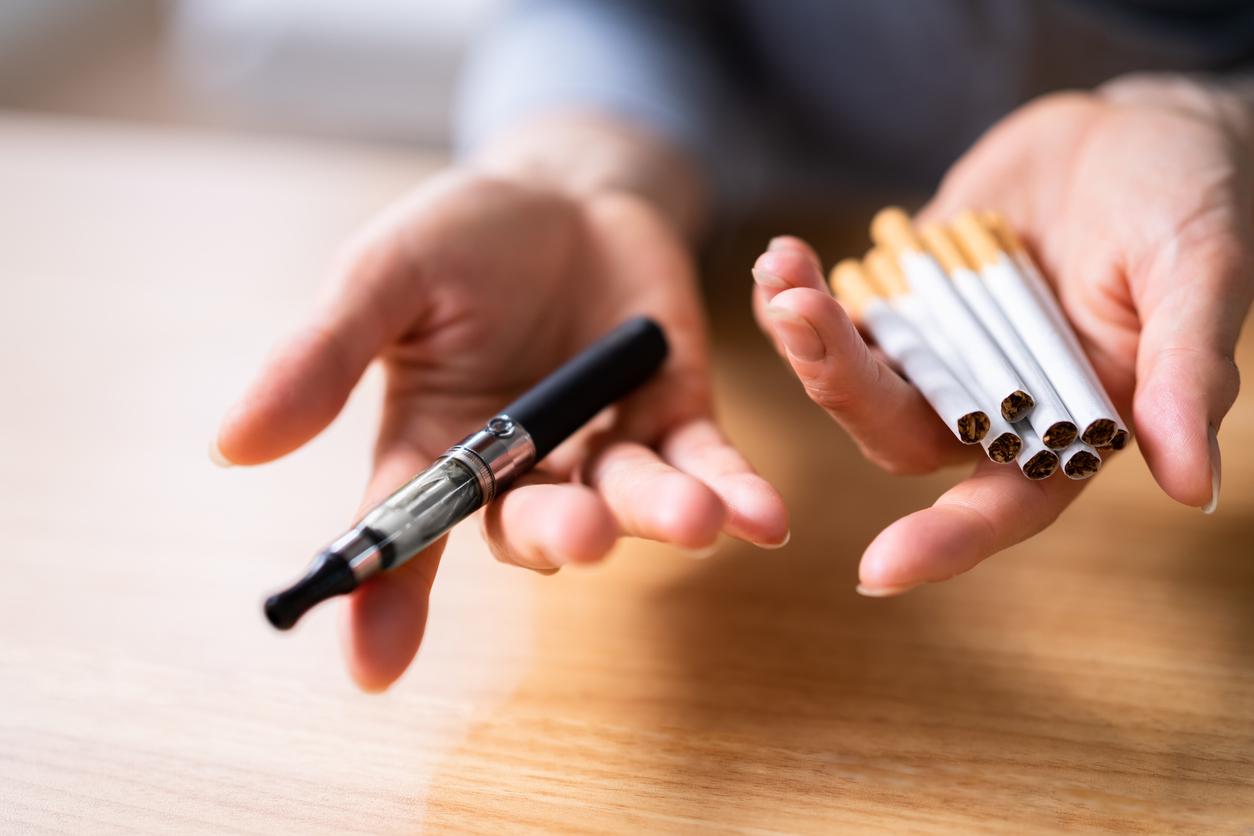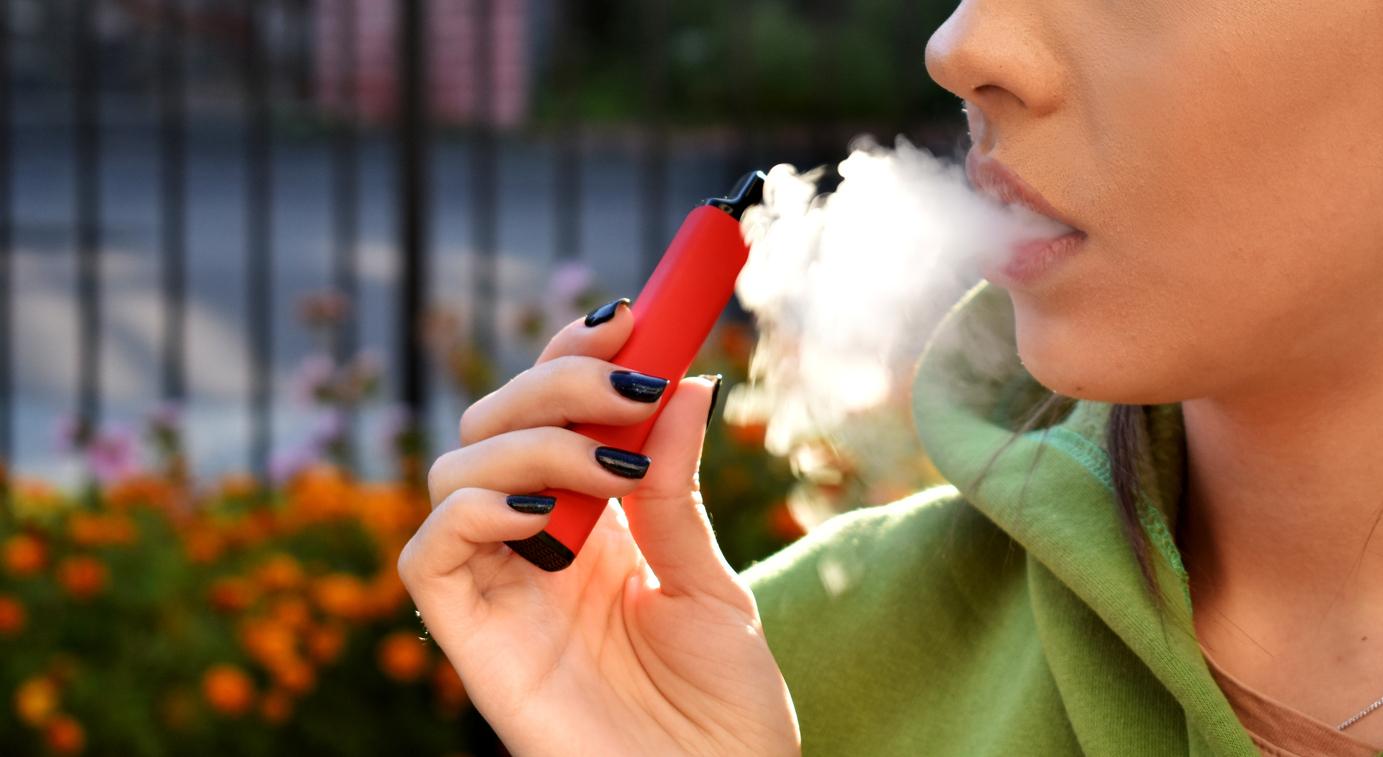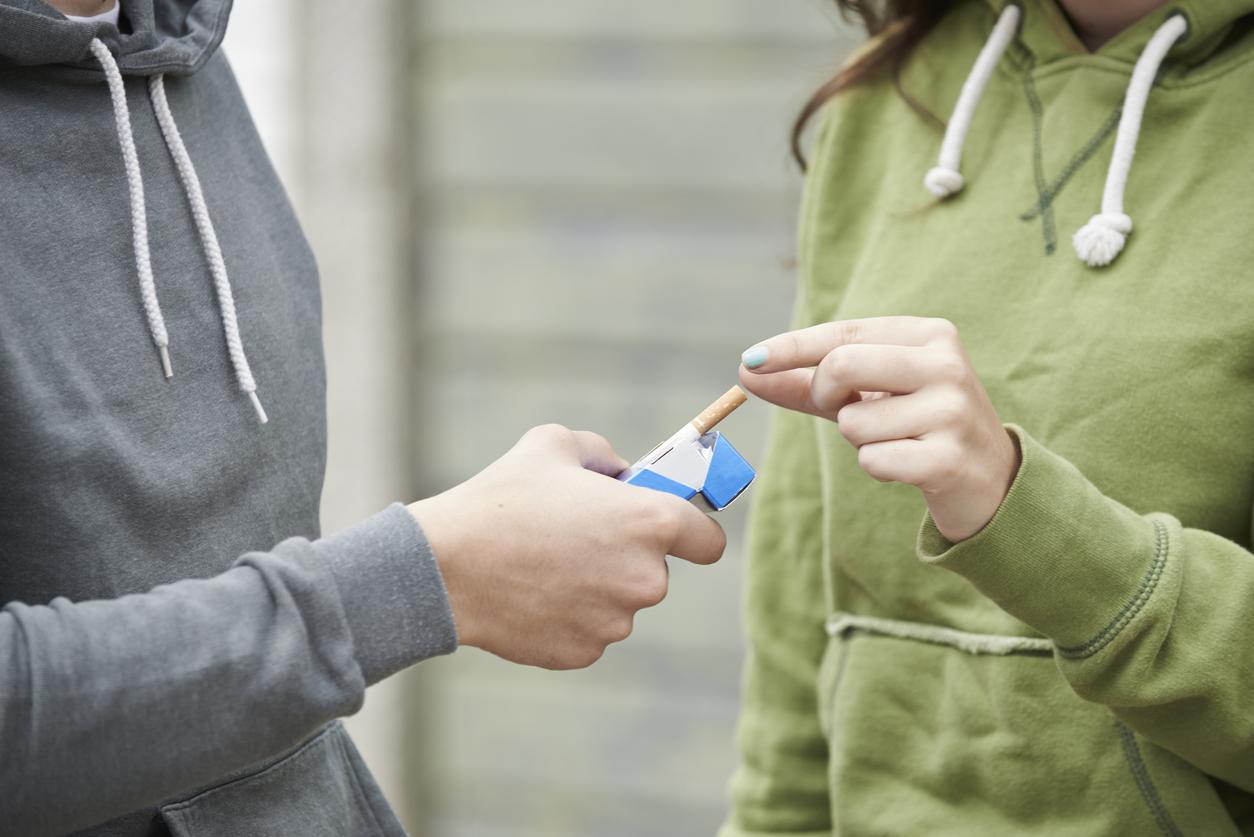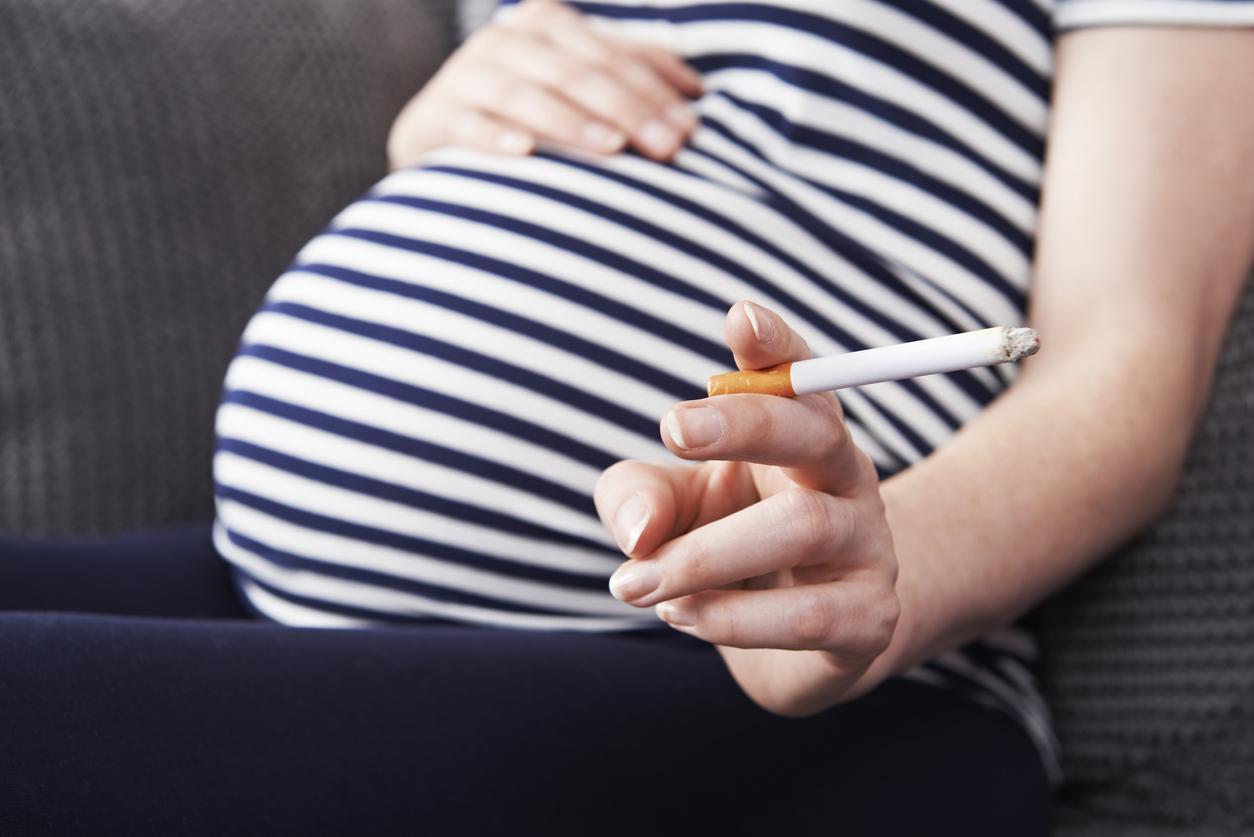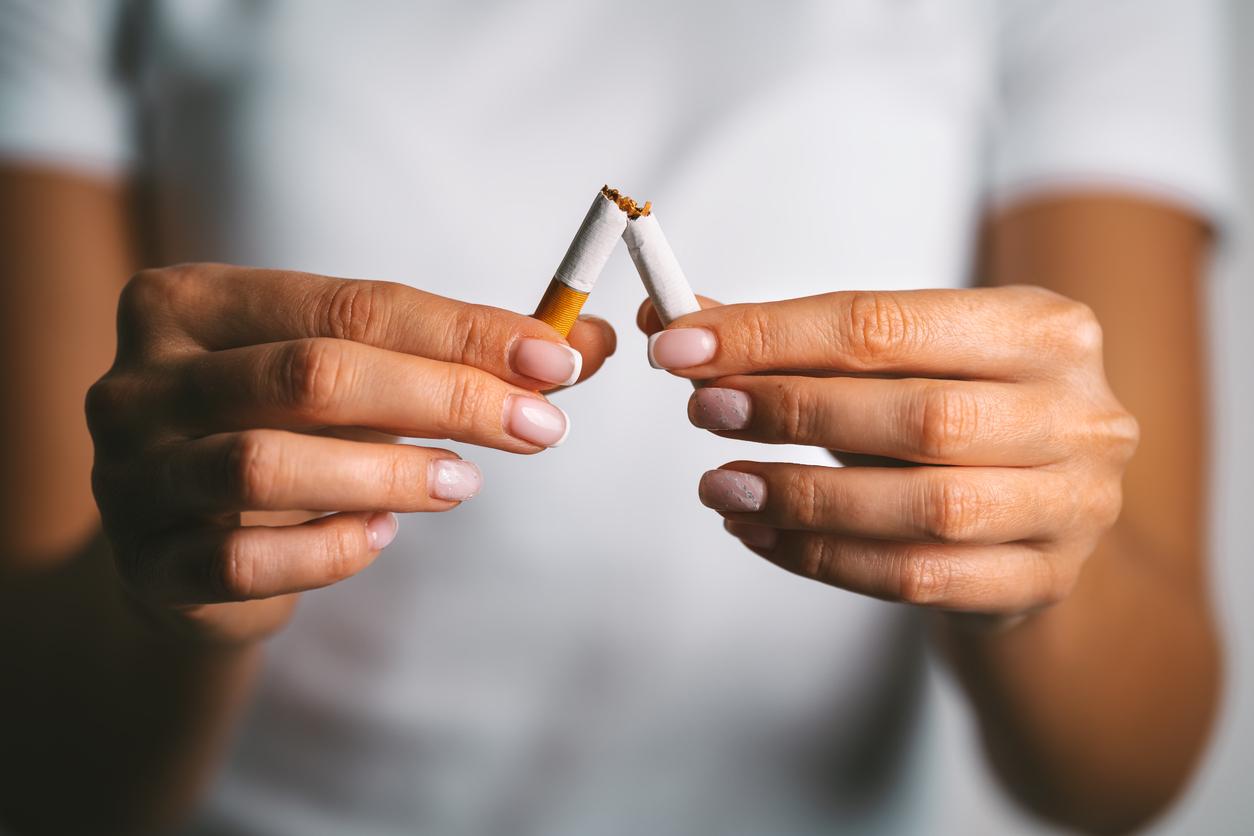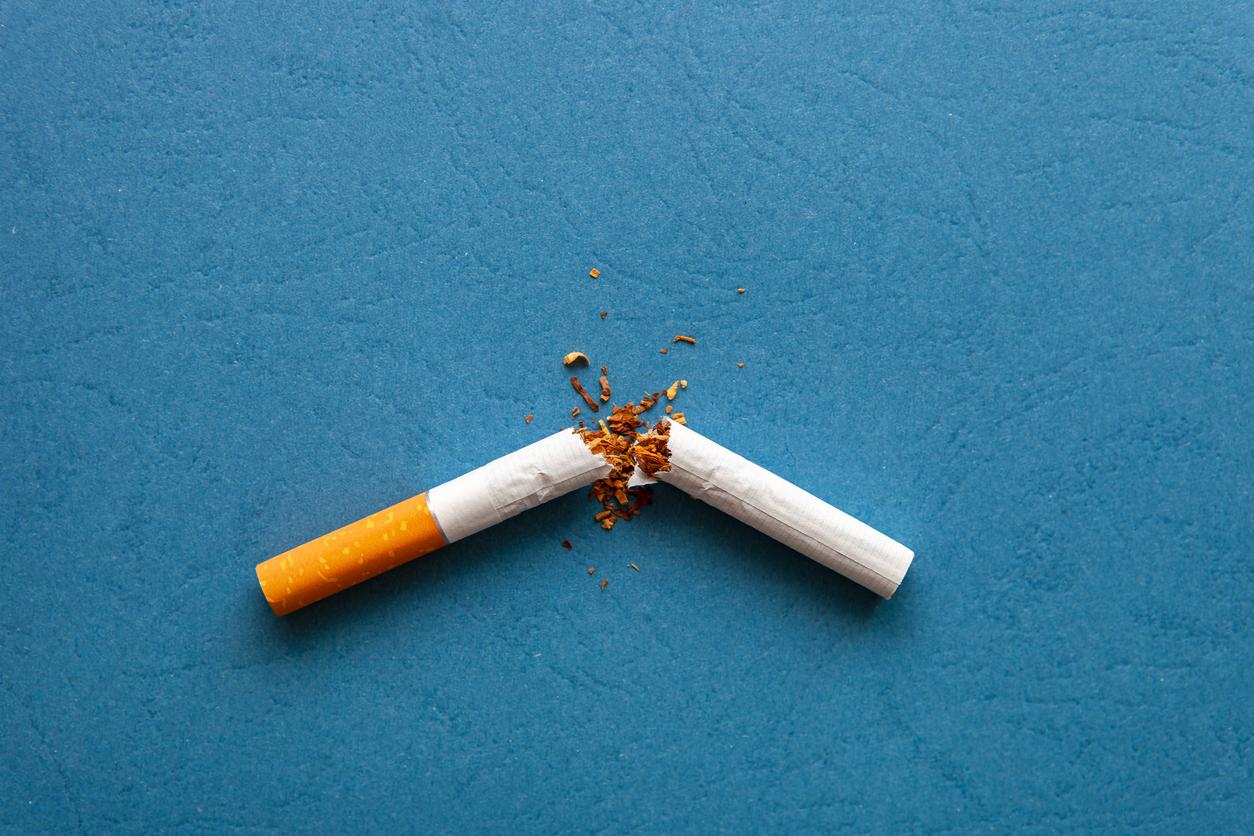Vaping just once would increase oxidative stress levels in non-smokers. This phenomenon could promote the development of certain diseases.
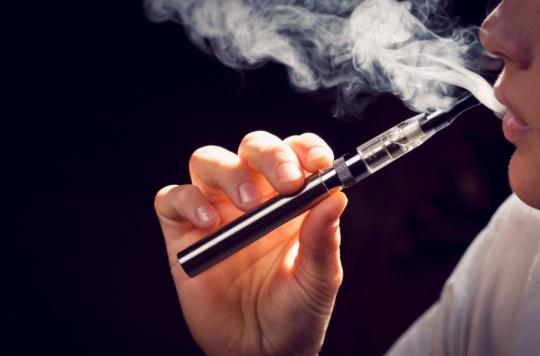
- According to one study, vaping for just 30 minutes increases the level of oxidative stress in non-smokers.
- On the other hand, no change is observed in smokers of conventional or electronic cigarettes.
In 2018, 34.7% of 18-75 year olds had already tried e-cigarettes and 3.8% used them daily, according to the Health Barometer of Public Health France. About half of these vapers continue to smoke occasionally or daily while the other half are former smokers. Finally, less than 1% of them have never smoked.
“An important role in the appearance of certain diseases”
However, according to a recent study published in the journal JAMA Pediatrics, a single 30-minute vaping session could have a lasting impact on the level of cellular oxidative stress in non-smokers. This corresponds to an attack on cells by free radicals, molecules that can damage cells. When oxidative stress occurs, there is therefore an imbalance in the body between free radicals and antioxidants, which are supposed to fight against the former. “Over time, this imbalance can play an important role in the development of certain diseases, including cardiovascular, pulmonary and neurological diseases, as well as cancer.“, says Holly Middlekauff, one of the authors.
More than 1,200 substances in the compositions of vaping products
Electronic cigarettes are devices that deliver, in the form of vapour, nicotine with flavorings. They are generally used to stop or reduce tobacco consumption. The National Agency for Food, Environmental and Occupational Health Safety (ANSES), established a list of substances declared in the compositions of vaping products: there would be more than 1,200 substances. Some of them could be associated with unwanted changes in the body, which can lead to future health problems. The study published in the journal JAMA Pediatrics analyzes one of these impacts.
Vaping for 30 minutes to analyze the impact on the level of oxidative stress
32 people, of both sexes and aged 21 to 33, participated in this study. They were divided into three groups: eleven non-smokers, nine regular cigarette smokers and 12 regular e-cigarette smokers. The researchers collected a sample of immune cells from each of them before and after a thirty-minute vaping session. Their goal was to compare the changes induced by this consumption on their level of oxidative stress. Next, they asked participants to vape in a mock fashion, i.e. by turning off the device or inhaling through an empty straw.
In non-smokers, levels of oxidative stress two to four times higher
“We were surprised at how bad a single vaping session can be on healthy young people.insists Holly Middlekauff. This brief vaping session was no different than what they may experience at a party and the effects are dramatic“. Indeed, the researchers found that, in non-smokers, levels of oxidative stress were two to four times higher after the vaping session than before. On the other hand, in smokers of conventional and electronic cigarettes, this half hour did not lead to an increase in oxidative stress. The researchers believe this could be because their baseline levels of oxidative stress were already high. “Although there is a belief that e-cigarettes are safer than tobacco, these results clearly and definitively show that there is no safe level of vaping.concludes Holly Middlekauff. The results are clear, unambiguous and concerning”.
.









